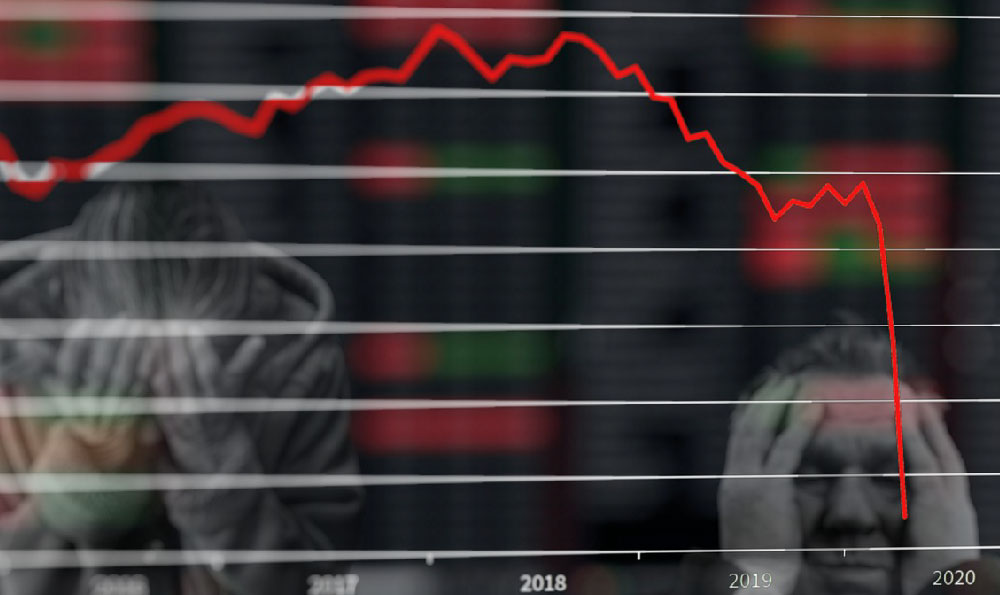Okay, I understand. Here's an article addressing the question of how car dealerships profit and where their revenue originates, written in a comprehensive manner and avoiding bullet points or numbered lists.
The perceived simplicity of the car buying experience often obscures the intricate financial engine driving dealerships. Consumers often focus on the sticker price and potential financing options, but the profitability of a car dealership is a multifaceted equation involving new car sales, used car sales, finance and insurance (F&I) products, service and parts, and even subtle strategies like inventory management and customer relationship management. Understanding these revenue streams offers valuable insight into the automotive industry and can empower buyers to make more informed decisions.
New car sales, while seemingly the primary revenue generator, are not always the most profitable. Dealerships typically operate on relatively thin profit margins for new vehicles. This is due to several factors, including manufacturer incentives, market competition, and the inherent power of the manufacturer to set pricing guidelines. Manufacturers often provide dealerships with incentives based on sales volume, customer satisfaction scores, and adherence to brand standards. These incentives can significantly impact a dealership’s bottom line, rewarding dealerships that consistently meet or exceed manufacturer expectations. However, intense competition between dealerships, particularly those selling the same brand within a geographic area, can force them to lower prices to attract customers, further eroding profit margins on new car sales. The rise of online car buying platforms and increased price transparency have also contributed to this pressure. The manufacturer holds significant influence by controlling the wholesale price and dictating certain sales practices, leaving dealerships with limited flexibility in determining their profit margin on individual new car sales.

Used car sales represent a far more lucrative segment for dealerships. Unlike new cars, the price of a used vehicle is not dictated by the manufacturer, giving dealerships greater control over their profit margin. Dealerships acquire used cars through trade-ins, auctions, and direct purchases from individuals. The key to profitability in used car sales lies in accurate valuation, effective reconditioning, and strategic pricing. Properly assessing the condition of a trade-in and determining its market value is crucial. Reconditioning, which involves repairing mechanical issues, addressing cosmetic imperfections, and detailing the vehicle, adds value and allows the dealership to command a higher price. Setting the right price is a delicate balance; it must be competitive enough to attract buyers while ensuring a healthy profit margin for the dealership. Careful market analysis, tracking local demand, and understanding regional pricing trends are essential for successful used car sales. Used car sales frequently serve as a vital source of cash flow and often contribute more significantly to overall profitability than new car sales.
Finance and Insurance (F&I) constitutes a significant and often misunderstood revenue stream for dealerships. This department focuses on selling financing options, extended warranties, insurance products, and other add-ons to car buyers. While these products can provide genuine value to consumers, they also offer dealerships substantial profit margins. The dealership acts as an intermediary between the customer and various financial institutions and insurance providers, earning commissions on each sale. The F&I manager plays a crucial role in presenting these options and persuading customers to purchase them. Extended warranties, which cover repairs beyond the manufacturer's warranty period, are a popular F&I product. Other common offerings include gap insurance, which covers the difference between the car's value and the loan balance if the vehicle is totaled, and paint protection packages. The profitability of the F&I department often depends on the skills and experience of the F&I manager, who must be adept at building rapport with customers and overcoming objections. Consumers should carefully evaluate these offerings, comparing prices and coverage with independent providers before making a decision.
The service and parts department provides a steady stream of revenue throughout the vehicle's lifespan. Dealerships offer maintenance services, repairs, and replacement parts, generating income from both labor and parts sales. Scheduled maintenance, such as oil changes, tire rotations, and brake inspections, represents a recurring source of revenue. Repairs, both routine and unexpected, contribute significantly to the department's profitability. Dealerships often charge higher labor rates than independent repair shops, reflecting the specialized training of their technicians and the use of original equipment manufacturer (OEM) parts. The parts department stocks a wide range of components, from essential maintenance items to specialized replacement parts. Dealerships typically mark up the price of parts, generating a profit margin on each sale. The service and parts department not only contributes to the dealership's financial performance but also plays a crucial role in customer retention. Providing high-quality service and maintaining strong customer relationships can encourage customers to return for future maintenance and repairs, as well as for subsequent vehicle purchases.
Beyond these core revenue streams, dealerships employ various other strategies to enhance their profitability. Inventory management is critical, as holding too much inventory ties up capital and increases storage costs. Dealerships strive to maintain an optimal inventory level, balancing supply with demand and minimizing the risk of obsolescence. Customer relationship management (CRM) is another important aspect of dealership operations. Building strong relationships with customers and providing excellent customer service can lead to repeat business and positive word-of-mouth referrals. CRM systems help dealerships track customer interactions, manage leads, and personalize their marketing efforts. By focusing on customer satisfaction and building loyalty, dealerships can increase their long-term profitability. In conclusion, the profitability of a car dealership is driven by a complex interplay of factors, extending far beyond the initial sale price of a vehicle. Understanding these revenue streams empowers consumers to negotiate more effectively and make informed decisions throughout the car ownership experience.












